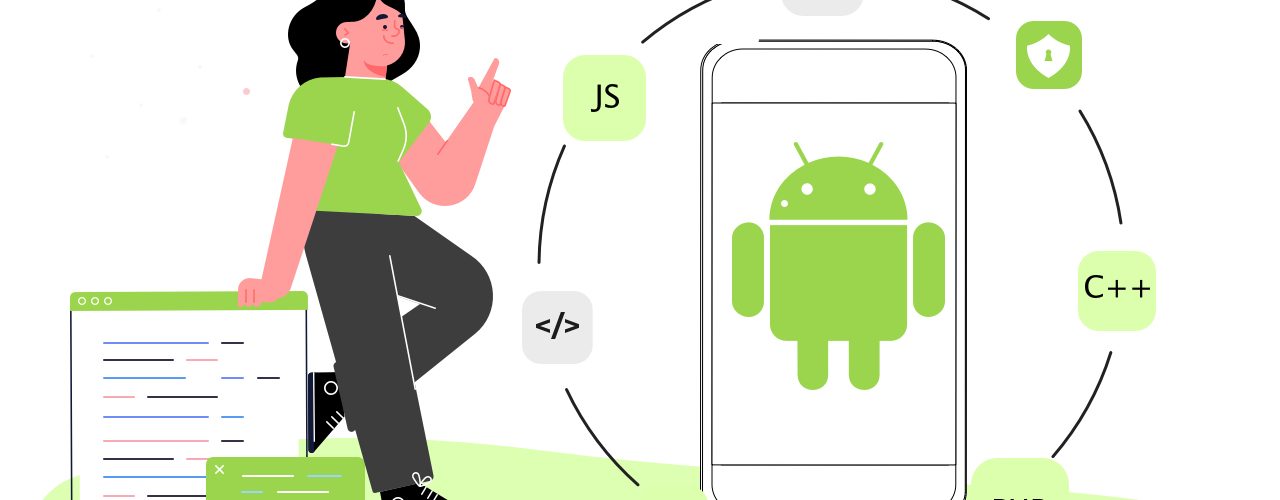
Android was designed to empower users and make apps intuitive. For example, app users can rotate the screen, respond to notifications, and switch to another task. They also have the ability to seamlessly continue working with the application after handling an event.
To provide this kind of UX, you need to know how to manage the lifecycles of components such as activities, fragments, services, the entire application, and so on. During operation, a component goes through states determined by its life cycle. The system notifies such transitions through callbacks.























Add comment